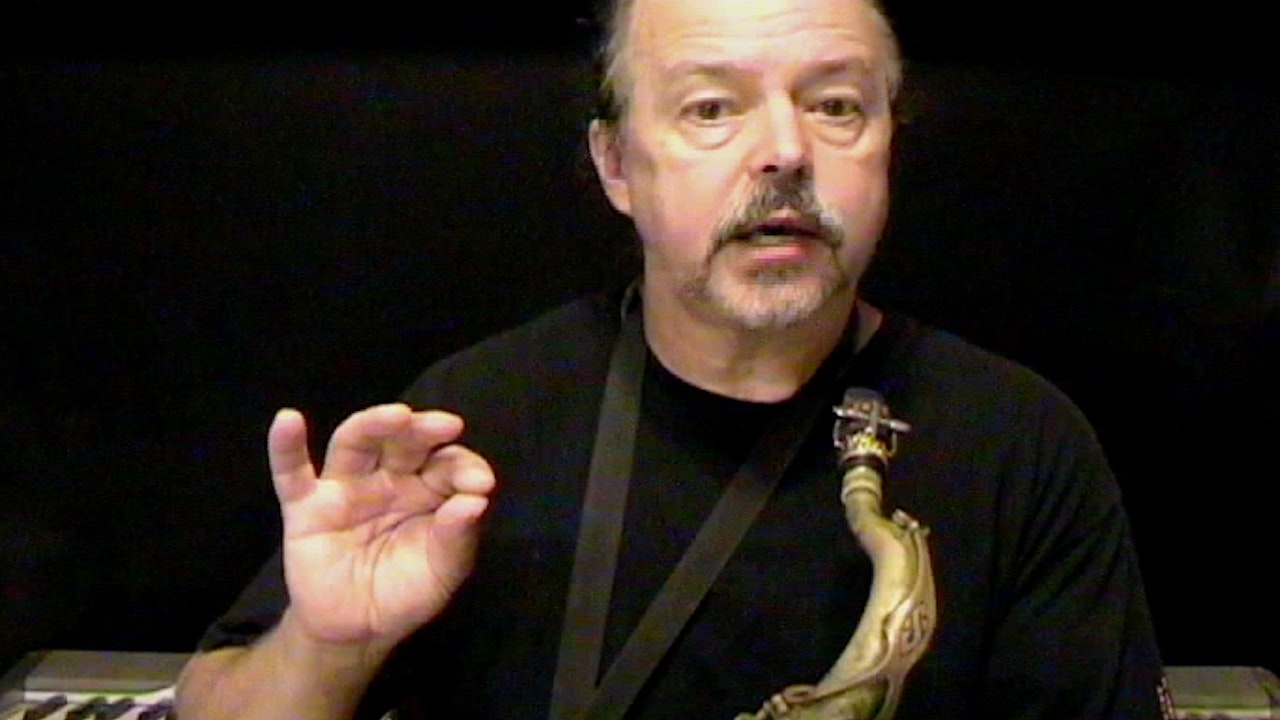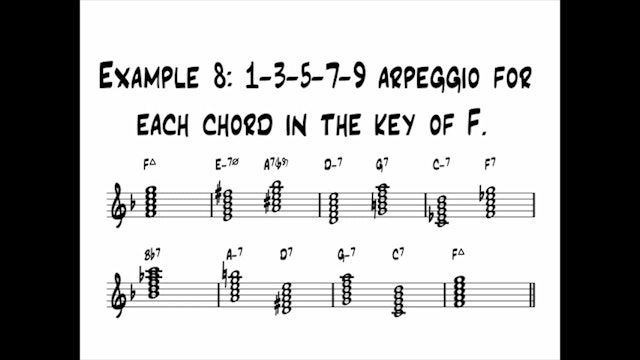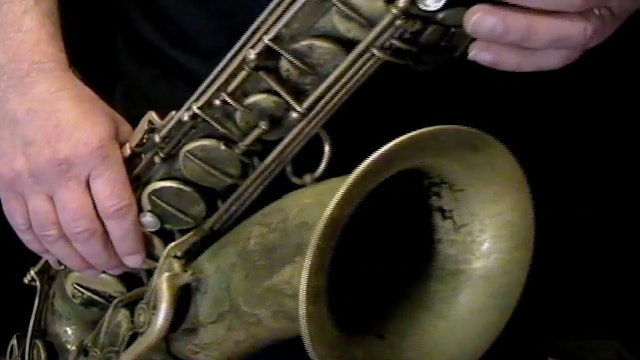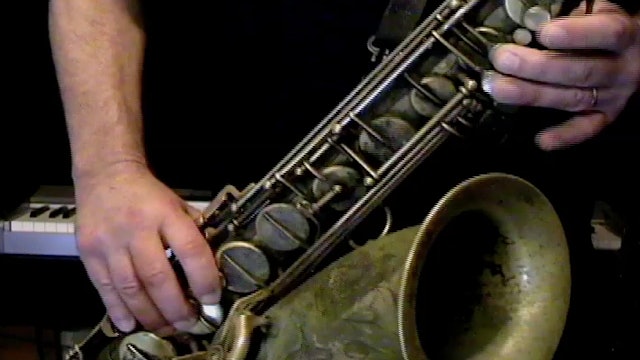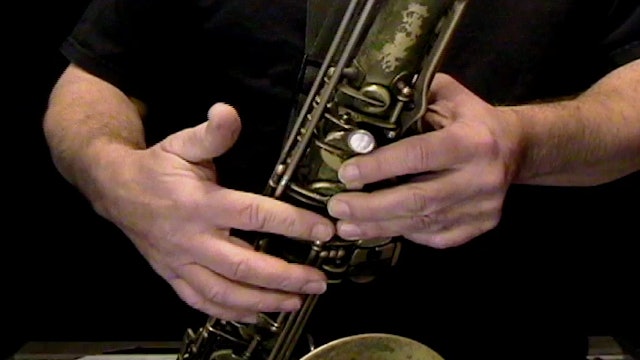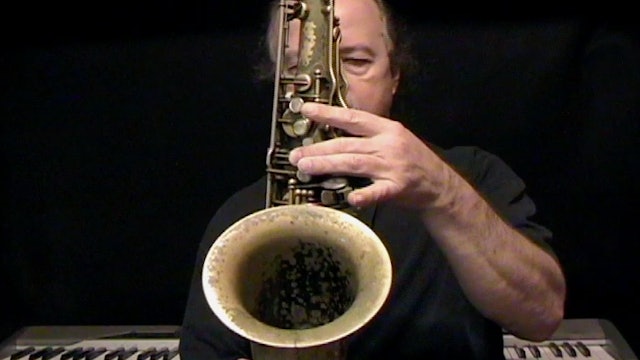Stage IV Jazz Improvisation Lessons
These lessons are for advanced players looking to further develop technique, harmony and improvisation skills.
We'll cover:
-advanced chord navigation exercises
-locating and identifying ii-V-I's in different tonal centers within a tune
-flat 9's
-guide tone exercises
-learning chord progressions in different keys
-altissimo
-
Navigating the Changes, Part 1
In this lesson, you'll learn a simple, straight-ahead, practice method for creating interesting lines that flow through the chord changes of tunes. You'll want to have your metronome handy for this practice routine, which is based on the chord progression from the "A" section of "Rhythm Changes."
-
Navigating the Changes, Part 2
In this lesson, we'll take your practice to the next level by adding additional harmonic and embellishing components to the practice routine outlined in part 1 of this series. We'll also build speed and technique by working the exercises at a faster pace. The exercises and examples are based on t...
-
ii-V By Any Name, Part 1, Video 1
This lesson identifies the naturally occurring ii-V chord sequences found in major keys. A practice routine with examples and exercises based on the chord changes to Charlie Parker's tune, "Confirmation," is provided for helping you learn to recognize and practice the ii-V combinations in all key...
-
ii-V By Any Name, Part 1, Video 2
This is Video #2 in the series called ii-V By Any Named, Part 1.
-
ii-V By Any Name, Part 2
This lesson discusses two common iv-VII7 chord progressions in combination with the naturally occurring iii-VI7-ii-V7 sequence of ii-V7 chords. The lesson explores function of the progressions and approaches to practicing the progressions within the context of tunes. Exercises and examples are ba...
-
The Flat Nine
The use of flat nines in resolving dominant chord harmony is addressed in this lesson. Exercises and patterns, based on the chord changes from the standard, "I Could Write a Book," are included to help expand your vocabulary to include these extensions of basic harmony.
In preparation for the ...
-
Guiding the Harmony
This lesson explores the use of guide tones as a basis for navigating chord changes to standard tunes. Exercises and examples are based on the chord changes from the standard, "There Will Never Be Another You."
-
The Shifting Tonal Center
This lesson extends the numeric approach of identifying, learning, and transposing chord changes to include shifts in tonality between related major and minor keys. Exercises and examples are based on the chord changes to the standards, "God Bless the Child," and "Autumn Leaves."
-
Tunes Through the Keys
This lesson approaches the tasks of learning to transpose and practice standard chord changes to different keys using the Roman Numeral system outlined in previous lessons. Examples and exercises are based on chord changes from the standard, "But Not For Me."
-
Launching the Altissimo
In this lesson, we'll tackle the challenges of producing the altissimo register on the tenor saxophone, although the techniques also work for alto players (no transposition required). I'll show you exercises for launching the altissimo through the use of overtones, and a technique for approaching...
-
Navigating the Changes, Part 1.pdf
114 KB
-
Navigating the Changes, Part 2.pdf
169 KB
-
ii-V by any Name, Part 1 EXTRAS.zip
298 KB
-
Guiding the Harmony EXTRAS.zip
128 KB
-
The Shifting Tonal Center.pdf
52 KB

